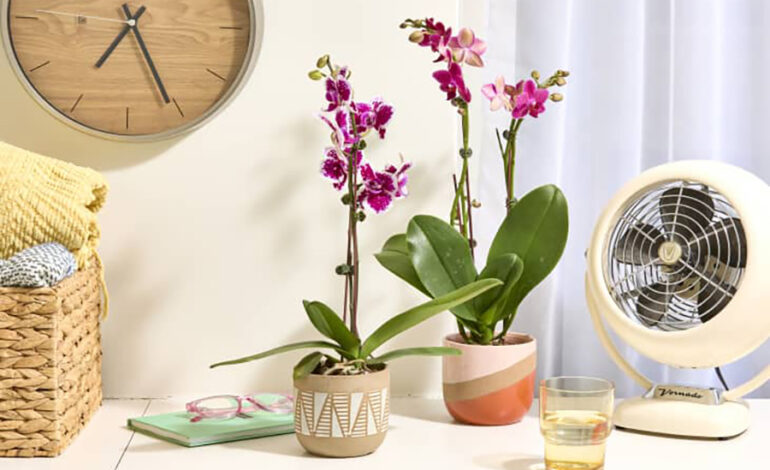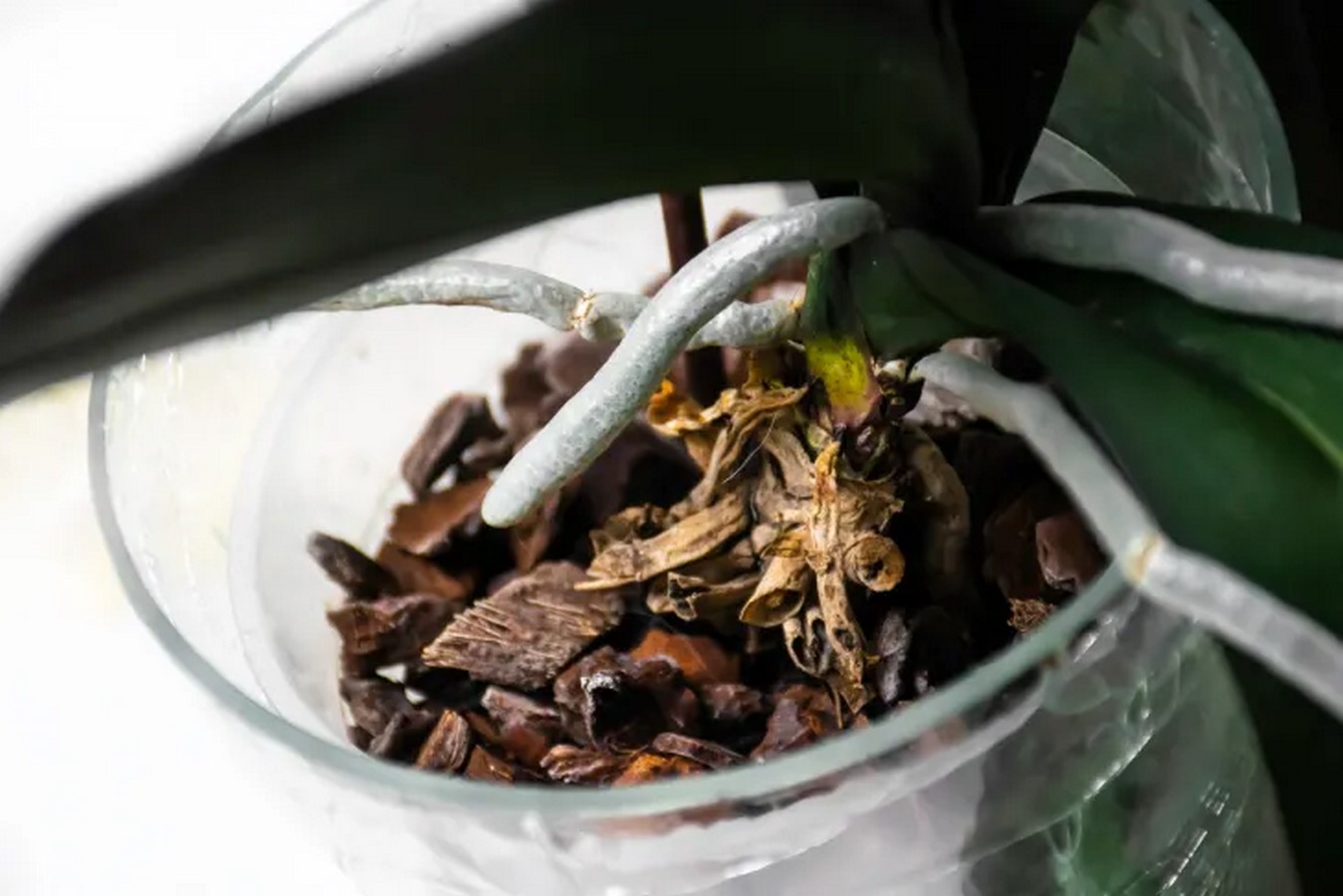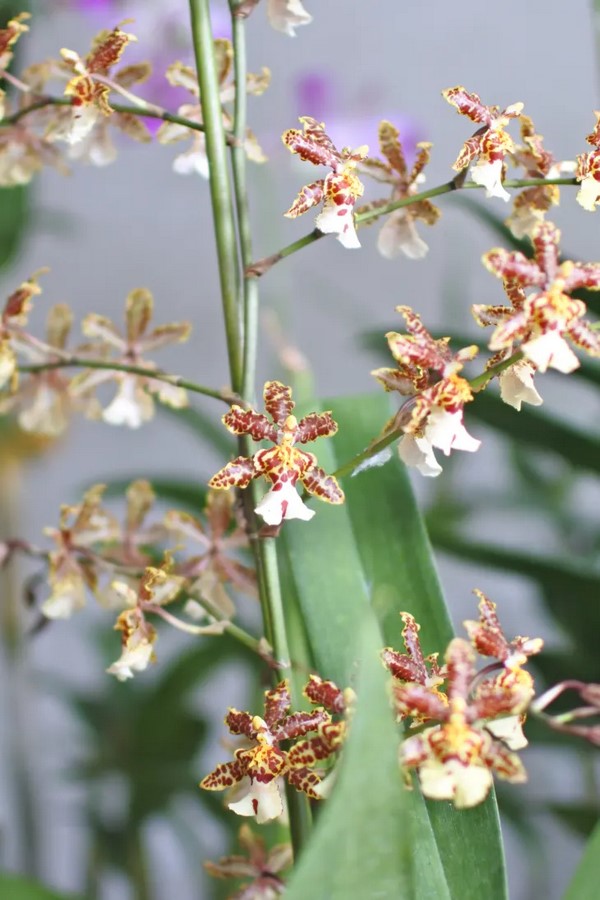Orchid Mastery: A Guide to Thriving Houseplants

Understanding Orchids: A Diverse Family
Orchids, revered for centuries, captivate enthusiasts worldwide. With over 30,000 species, the range of care advice varies, making these plants seem daunting. However, delving into the orchid world reveals that many species are remarkably easy to cultivate, bloom, and thrive within your home.
Begin with a Healthy Orchid: Setting the Foundation
Success in nurturing houseplants starts with choosing a robust orchid. Healthy leaves should be firm, leathery, and vibrant, while roots vary by species but generally appear light and firm. Steer clear of orchids with black or brown parts. When in doubt, a quick online search or comparison can guide your decision.
Appropriate Soil for Orchids: Mimicking Their Natural Habitat

Most orchids, often epiphytes, draw nutrients from the air rather than the soil. Using a specialized mix containing bark, vermiculite, sphagnum moss, and perlite ensures proper aeration around the roots. Employ containers with drainage for newcomers, fostering a conducive environment for orchid growth.
Fertilizing Orchids: Nourishing for Optimal Growth
Fertilize orchids during periods of growth, avoiding the flowering stage. Choose a fertilizer suitable for your orchid type, mixing it with water. Take precautions with tap water, as orchids may be sensitive to chlorine. Allowing tap water to sit for 24 hours before use mitigates potential issues.
Illumination Needs: Providing Adequate Light
Direct sunlight should be avoided, as orchids are sensitive to sunburn. Opt for morning or afternoon sun exposure, and if direct sunlight is inevitable, use sheer blinds or shades to diffuse the light. Orchids thrive in west- or north-facing windows, adapting to your home’s specific conditions.
Orchid Watering: Balancing Humidity and Avoiding Overwatering

While orchids appreciate humidity, overwatering poses a threat. Establish a watering schedule based on your orchid’s specific needs. Some require weekly watering, while others demand more frequent checks, especially in dry environments. Ensure proper drainage, preventing water stagnation, and never leave orchids sitting in water.
Promoting Air Circulation: Preventing Rot with Gentle Breezes
Constant airflow prevents orchids from succumbing to rot. A slow ceiling fan or a strategically placed desk fan maintains adequate air circulation. Avoid stagnant conditions around your orchids, safeguarding them from potential threats.
Post-Bloom Care: Nurturing Orchids Beyond Flowering
After flowering, orchids may seem lifeless, but with careful trimming and patience, they can bloom again. Trim back the flower spike to the base, following species-specific guidelines. Continue regular care and watering to encourage your orchid’s next blooming cycle.
Repotting Orchids: Ensuring Long-Term Health
Repotting every few years, especially when roots appear crowded, promotes overall health and new growth. Orchids benefit from this routine, fostering sustained vitality and longevity in your care.
Choosing Beginner-Friendly Orchids: Orchids for Novice Growers
Opting for beginner-friendly orchids increases your likelihood of success. Consider varieties like Phalaenopsis (Moth Orchid), Oncidium leucochilum (Dancing Lady Orchid), and Cymbidium ensifolium (Asian Miniature) for their resilience and suitability for beginners.
Embarking on your orchid journey requires patience, research, and a tailored approach. With these guidelines, transform from an orchid novice to a confident orchid master, cultivating thriving and beautiful houseplants.
















